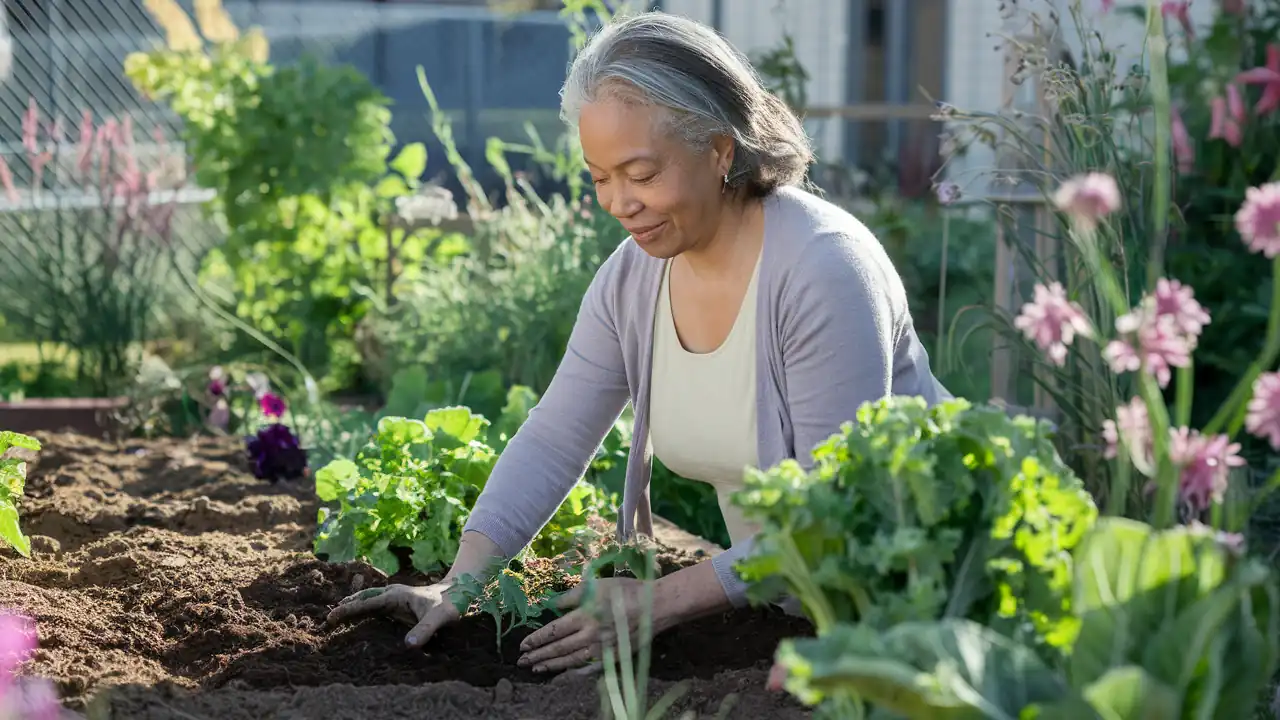
Ever wondered why Sarah from accounting seems so much happier since she started tending that little balcony garden? She’s onto something big: gardening isn’t just about pretty flowers and homegrown tomatoes.
Think about the last time you dug your hands into soil. That calm feeling washing over you wasn’t just in your head. The therapeutic benefits of gardening for mental health and physical wellbeing are backed by serious research.
From reducing cortisol levels to improving hand strength, gardening heals in ways medication often can’t It’s nature’s therapy session, minus the hourly rate.
And here’s the part nobody talks about: you don’t need a sprawling backyard or expert knowledge to reap these benefits. Even apartment dwellers can transform their mental landscape with just a few potted plants.
But there’s a specific way to maximize these healing effects that most casual gardeners miss entirely…
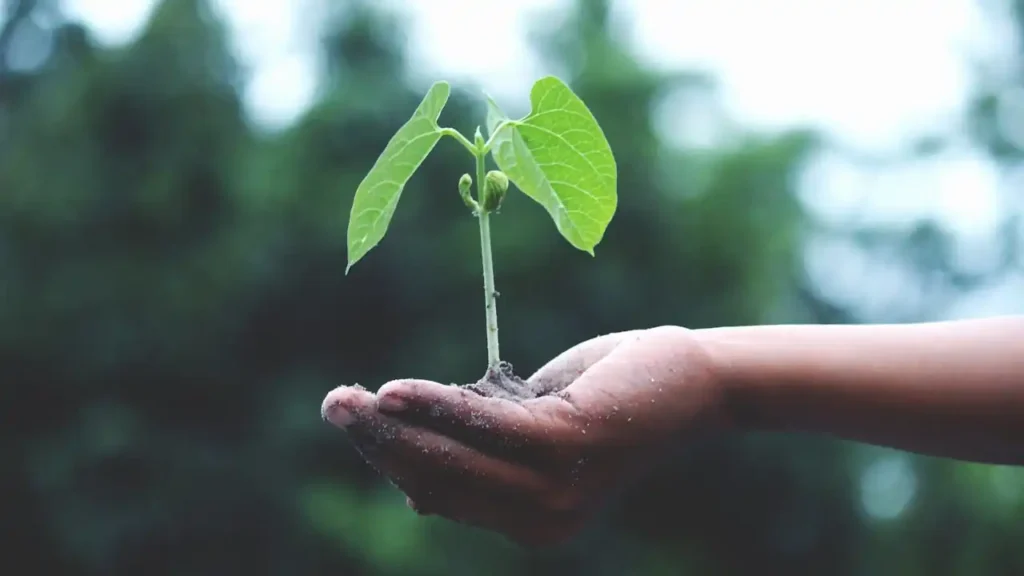
Ever wonder why you feel so darn good after digging in the dirt? It’s not just your imagination. Touching soil releases serotonin in our brains – the same feel-good chemical targeted by antidepressant medications. Dirt literally makes us happier!
When you garden, your brain gets flooded with all sorts of mood-boosting chemicals. Dopamine surges when you harvest vegetables you grew yourself. Oxytocin (the bonding hormone) kicks in when you share gardening experiences with others. This natural cocktail of happy chemicals is why gardening for mental health works so effectively.
The evidence is rock-solid. Studies show just 30 minutes of gardening drops cortisol levels (your stress hormone) more effectively than reading a book. One Dutch study found that gardening completely crushed stress after a difficult task compared to other activities.
Research from the University of Bristol discovered that specific bacteria in soil (M. vaccae) actually activates brain cells to produce serotonin. Just breathing near healthy soil exposes you to these beneficial microbes!
Gardening burns calories – about 330 per hour for a 150-pound person. But the physical benefits of gardening go deeper than weight management.
Garden work strengthens all major muscle groups without feeling like exercise. Digging, planting, and weeding improve dexterity and hand strength, especially valuable as we age. The gentle stretching prevents joint stiffness and increases flexibility.
Unlike hitting the gym, garden therapy keeps you moving in natural, varied ways your body craves. Plus, sunshine boosts vitamin D production, strengthening your immune system and bones.
Our brains weren’t designed for endless Zoom meetings and notification pings. This constant focus creates mental fatigue that therapeutic horticulture directly counters.
According to Attention Restoration Theory, nature provides “soft fascination” – holding attention without demanding concentration. When you notice a new bud or watch butterflies in your garden, your brain gets a much-needed reset from digital overload.
Gardens create restoration spaces where your mind can wander freely. After gardening sessions, people consistently demonstrate improved focus, enhanced creativity, and better problem-solving abilities – exactly what our exhausted brains need.
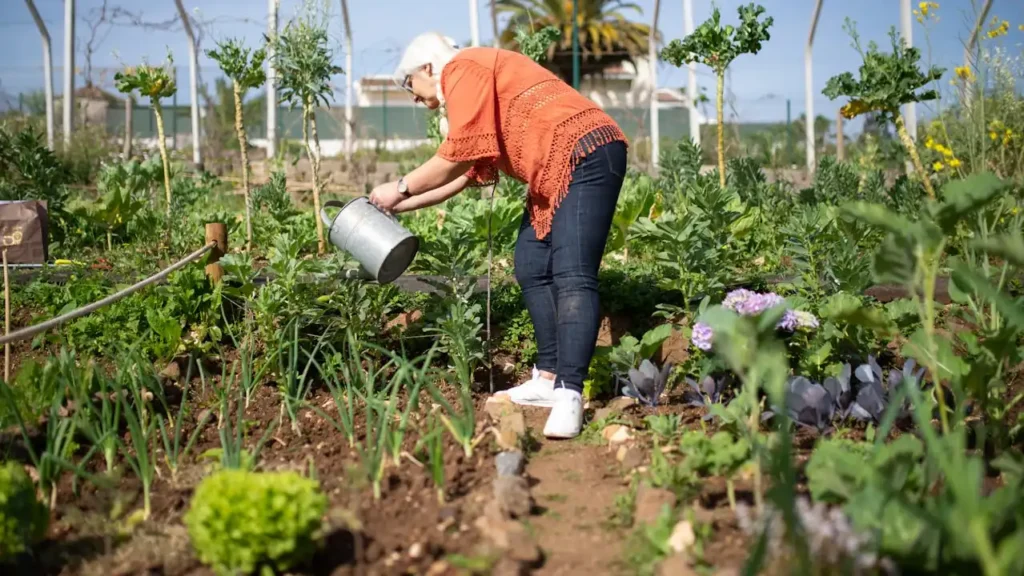
Getting your hands dirty in the garden might be the therapy you didn’t know you needed. Studies show that gardening for mental health can reduce anxiety symptoms by up to 30%. Why? It’s that beautiful combination of physical activity, sunshine, and complete focus on the present moment.
When you’re carefully transplanting seedlings or pulling weeds, your brain can’t obsess over yesterday’s mistakes or tomorrow’s worries. You’re right there, in the soil, practicing what therapists call “nature therapy for anxiety” without even trying.
Nothing beats the feeling of watching something grow because you cared for it. That tomato plant you nursed from seed? It’s not just food—it’s proof you can create life.
This sense of achievement is therapeutic horticulture at its finest. Your garden needs you, and that responsibility creates structure and purpose that can pull you through the darkest days.
Gardens teach hard lessons gently. Sometimes plants die despite your best efforts. Sometimes they thrive with minimal care.
This unpredictability teaches you to accept what you can’t control—a crucial skill for mental wellbeing.
The patience required to wait for seeds to germinate or flowers to bloom mirrors the patience needed in personal growth.
When aphids attack your prized roses, you don’t give up—you find solutions. This problem-solving builds emotional resilience that transfers to everyday challenges.
Gardeners become masters of adaptation. Too much rain? Build drainage. Not enough sun? Move containers. This flexibility strengthens your psychological muscles for life’s inevitable curveballs.
Ever lost track of time while tending your garden? That’s flow state—a meditative condition where action and awareness merge completely. Mindful gardening techniques like slow, deliberate pruning or attentive watering can trigger this state.
Unlike traditional meditation, garden meditation engages all senses—the smell of herbs, the feel of soil, the sound of rustling leaves—creating a richer mindfulness experience that calms racing thoughts almost instantly.
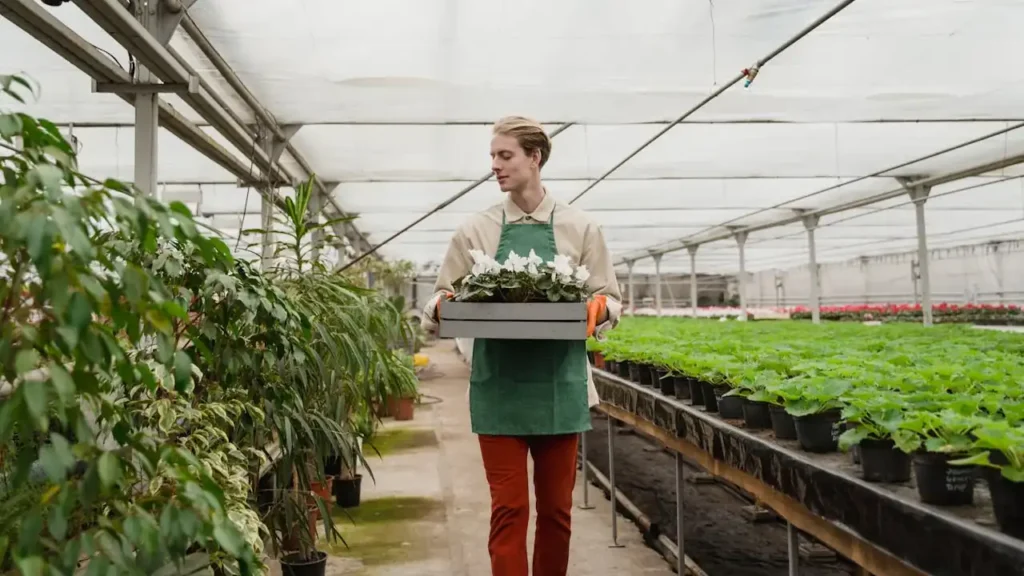
Ever noticed how you’re absolutely wiped out after a day in the garden? That’s because gardening is secretly a full-body workout. Digging, planting, and weeding engage your core, arms, and legs without the harsh impact of running or gym workouts.
The beauty of garden work is that it doesn’t feel like exercise. You’re reaching, stretching, and lifting while focused on nurturing your plants, not counting reps. This mindful movement is perfect for people who can’t handle high-intensity workouts but still need to stay active.
Sunshine does more than help your tomatoes grow—it feeds your body too. When you’re out gardening, your skin soaks up vitamin D, which directly impacts your mood and mental health.
Just 30 minutes of morning garden work can boost your vitamin D levels significantly. This “sunshine vitamin” helps fight depression and anxiety, working hand-in-hand with the physical benefits of gardening for mental health.
Garden work requires precision and balance. Whether you’re carefully planting seedlings or navigating between garden beds, you’re building coordination skills.
The varied movements of gardening—bending, kneeling, reaching—create a natural flexibility routine. Unlike rigid gym exercises, garden tasks flow organically, encouraging your body to move in multiple planes. Many therapeutic horticulture programs now incorporate specific garden activities designed to improve motor skills and balance, particularly beneficial for older adults or those recovering from injury.
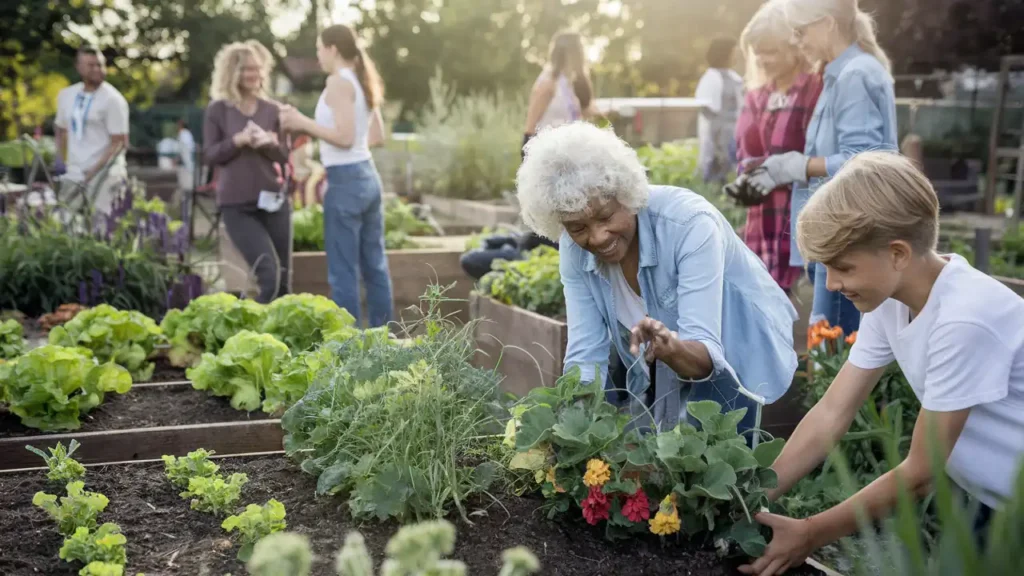
Ever been to a community garden? There’s something magical about these shared green spaces. They’re not just about growing tomatoes and zucchini – they’re relationship incubators.
People who barely acknowledged each other before suddenly find themselves swapping gardening tips, sharing tools, and celebrating harvests together. These spaces create natural conversation starters. “Is that basil you’re growing?” can turn into a friendship that extends well beyond the garden fence.
Community gardens in urban neighborhoods have become particularly powerful social hubs. In a world where many of us barely know our neighbors’ names, these gardens create purposeful gathering spaces where relationships naturally bloom alongside the plants.
Got too many cucumbers? Your neighbor might love some. And maybe they’ll trade you for some of their strawberries.
The sharing economy of gardening creates natural bonds. When you grow food, you almost always end up with abundance that begs to be shared. This simple act of giving breaks down barriers between people faster than almost anything else.
Knowledge sharing happens organically too. The veteran gardener shows the newbie how to prune tomatoes. The young tech-savvy gardener helps the older folks set up irrigation systems. Everyone has something valuable to contribute in the garden ecosystem.
Gardens bridge age gaps beautifully. When a 70-year-old gardener works alongside a 7-year-old, something special happens. The elder shares wisdom accumulated over decades. The child brings fresh curiosity and energy.
Many families find that gardening creates quality time that’s hard to capture elsewhere. Grandparents pass down traditional growing methods to their grandchildren. Kids teach grandparents about new sustainable gardening techniques they learned in school.
This knowledge exchange creates meaning for older adults while giving younger generations roots and connection to food traditions that might otherwise be lost.
The garden becomes a support system in unexpected ways. Garden club members don’t just talk plants – they check in on each other during tough times.
Social gardening groups, whether formal or informal, create communities where people feel genuinely seen and valued. The shared passion for growing things forms a foundation for deeper connections.
The therapeutic benefits of gardening multiply when done in community. Someone struggling with anxiety might find both the calming effects of nature therapy and the healing power of supportive social connections in one place.
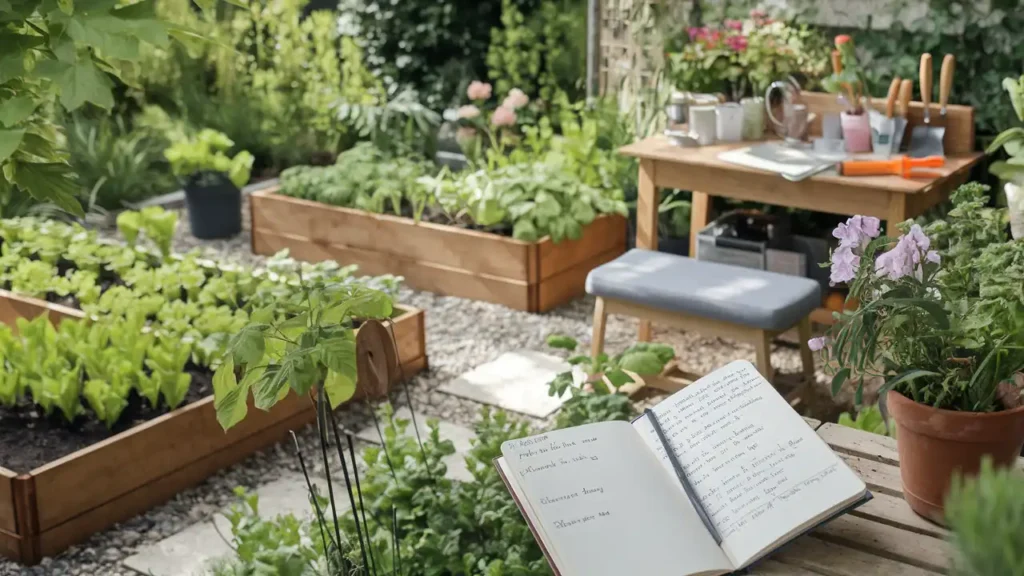
Ever felt intimidated by those Instagram-perfect gardens? Truth bomb: everyone starts somewhere. Container gardening is your perfect entry ticket to the healing world of plants.
Grab a few pots, some potting soil, and plants that make you happy. That’s it. You’re gardening now. Start with just one windowsill or a small balcony corner. Even tending to a single potted herb can deliver those sweet mental health benefits of gardening.
Success tip: Choose easy-growers like mint, basil, or sturdy succulents. They’re forgiving when you forget to water (we’ve all been there).
Your healing garden should be a full sensory experience:
This multisensory approach isn’t just pretty—it’s core to mindful gardening techniques that ground you in the present moment.
Gardens heal everyone—period. But they need to be accessible.
Raised beds at different heights accommodate wheelchairs and prevent back strain. Wide, stable paths work for walkers and wheelchairs alike. Vertical gardening brings plants within reach for those with limited mobility.
Consider lightweight tools with ergonomic grips for those with grip challenges. Garden therapy isn’t exclusive—it’s for everyone.
Your garden can have purpose-built areas for specific healing needs:
Meditation corner: Simple, uncluttered space with calming plants and comfortable seating
Social area: Benches arranged for conversation, perfect for combating isolation
Activity zone: Space for more vigorous garden work when you need to burn off anxiety
Sensory retreat: Dense planting of aromatic herbs to immerse yourself when overwhelmed
Each zone serves different aspects of your wellbeing journey. This intentional design maximizes the ecotherapy benefits of your outdoor space.
The therapeutic relationship with your garden shouldn’t hibernate in winter. Plan for continuous engagement:
Winter: Focus on indoor plants, seed cataloging, and garden planning
Spring: Experience renewal through seedling starting and first plantings
Summer: Harvest, maintain, and simply sit amid peak growth
Fall: Embrace change through collecting seeds and preparing for dormancy
This cycle mirrors our own emotional patterns, teaching resilience and patience—key components of nature therapy for anxiety. By planning for all seasons, your healing connection to plants remains unbroken year-round.
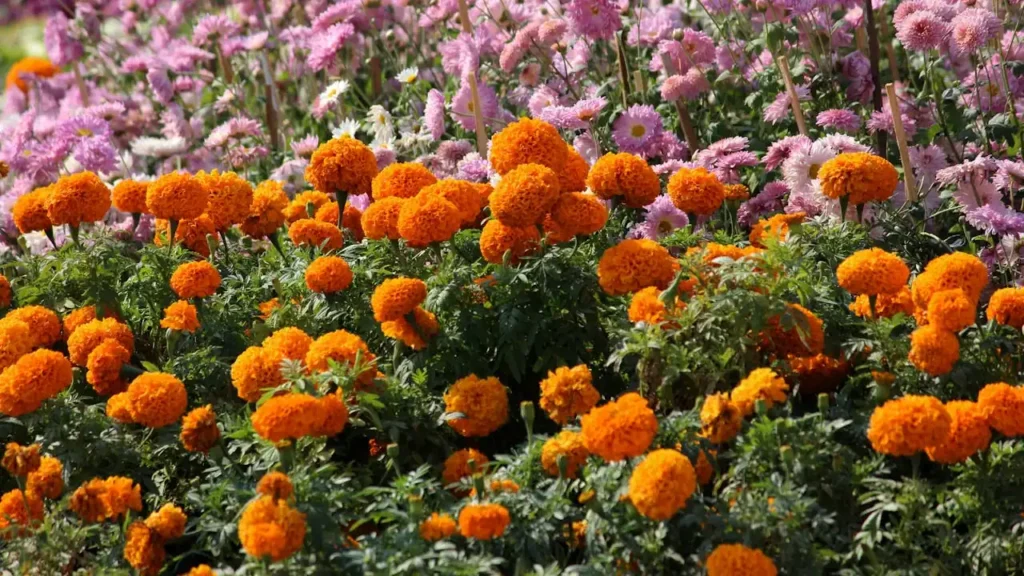
Gardening offers a powerful blend of benefits that nurture both our mental and physical well-being. From reducing stress hormones and improving mood to providing natural exercise and boosting vitamin D levels, tending a garden connects us to the earth in ways that modern life often lacks. The garden also serves as a social space where communities and families can bond over shared growth and harvests.
Starting your own healing garden doesn’t require vast space or expert knowledge. Begin with just a few containers on a windowsill, choose plants that bring you joy, and set aside regular time to tend to your growing sanctuary. As your plants flourish, so too will your connection to the natural world and its remarkable ability to heal mind and body. Your garden, whether grand or modest, offers a path to wellness that has sustained humanity for generations.
Bring the healing touch of nature into your home. Explore our collection of fresh, healthy plants and start your journey to a calmer, greener life today.